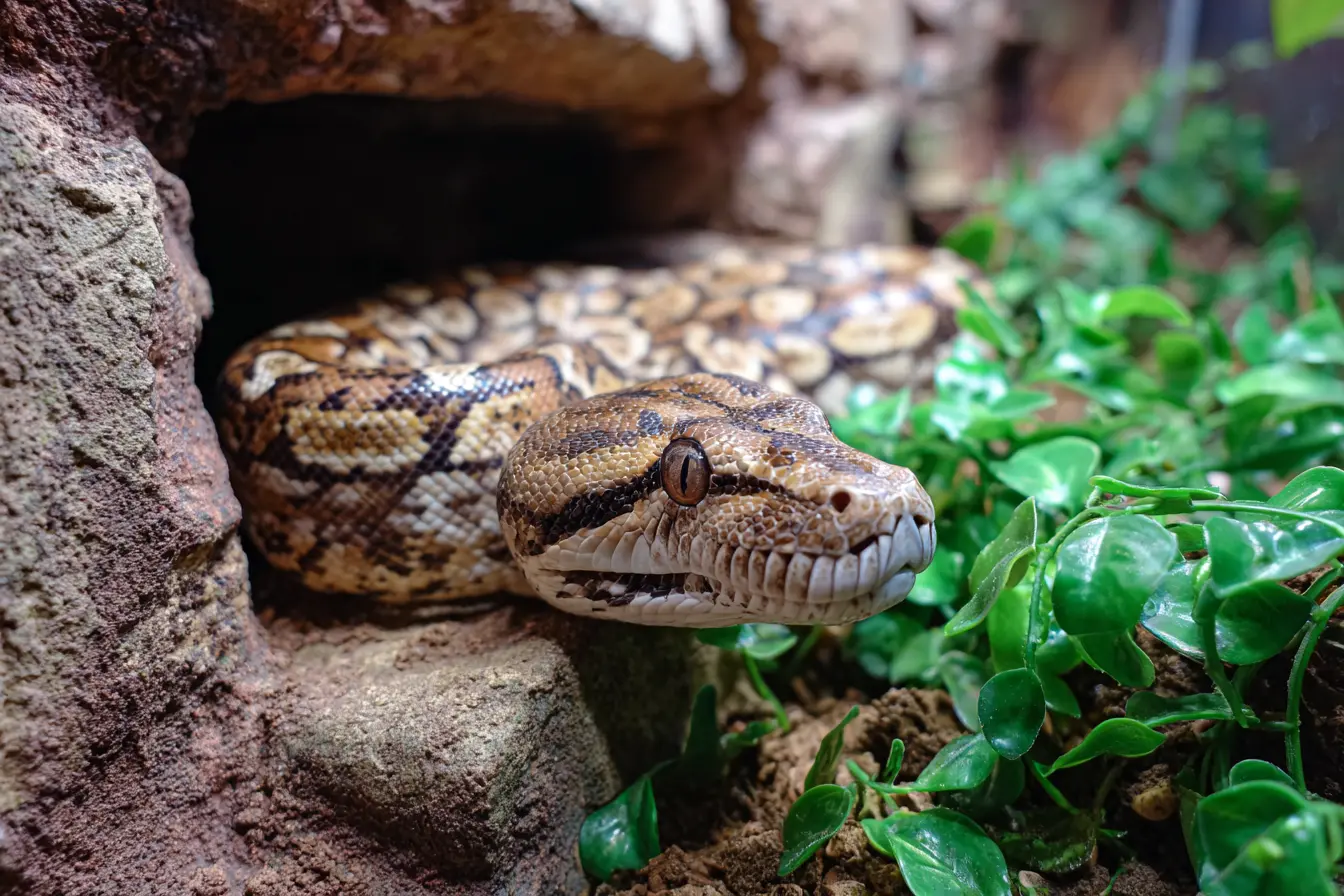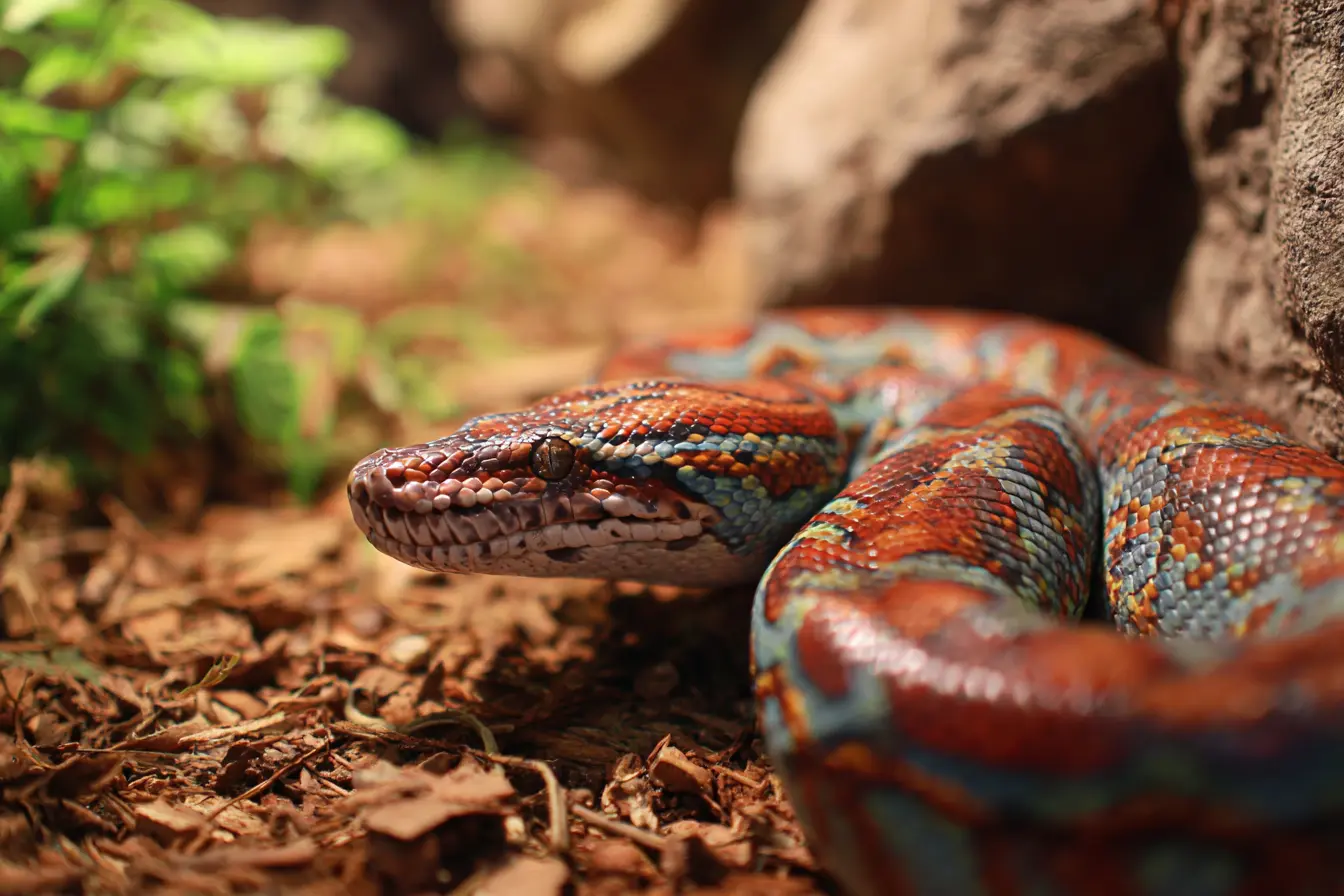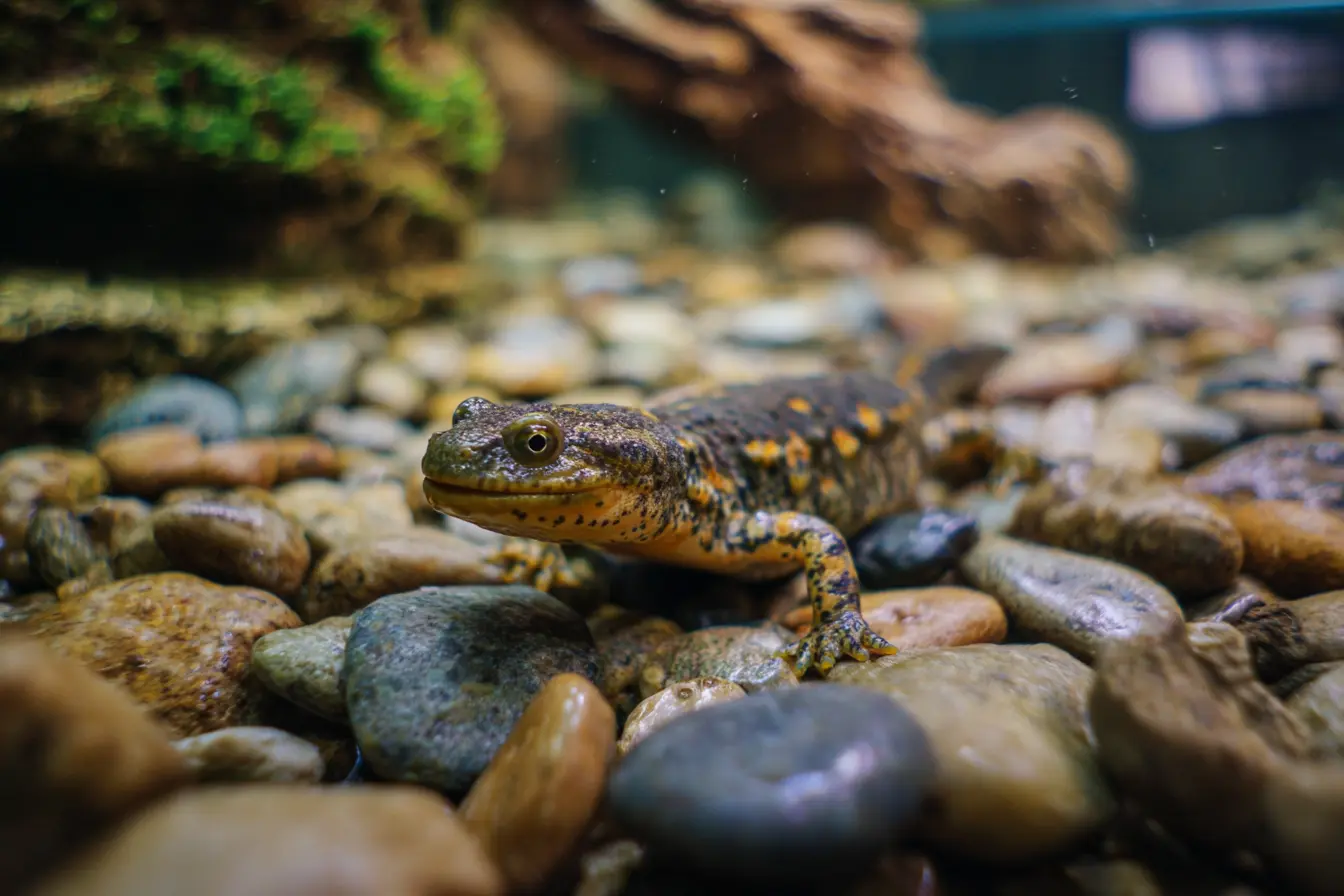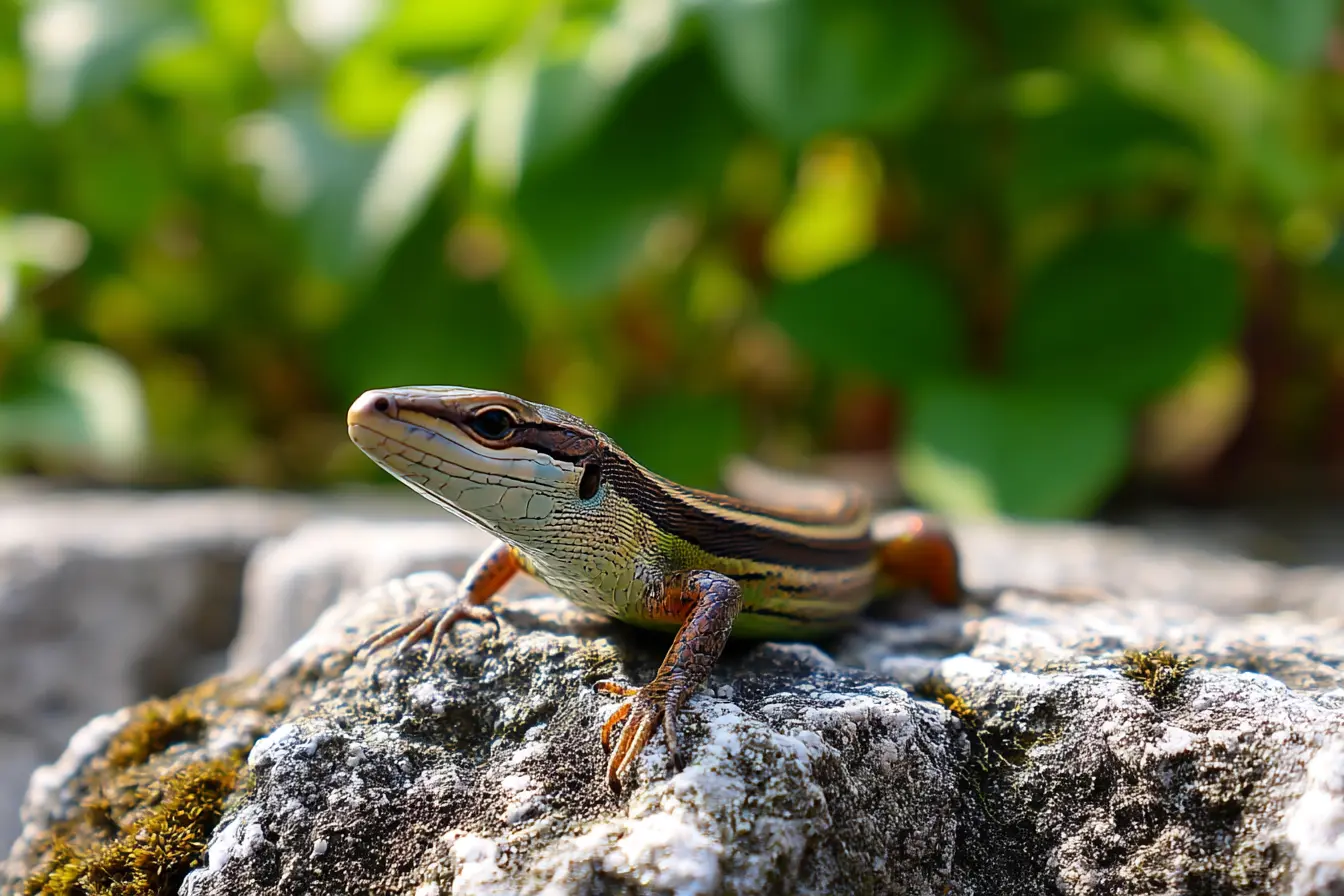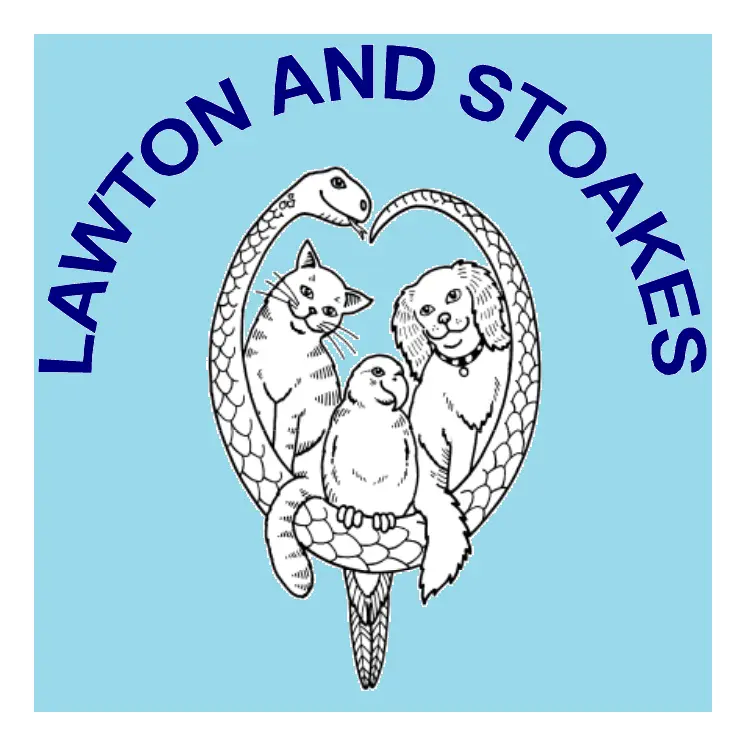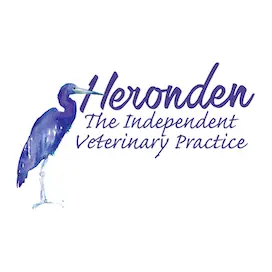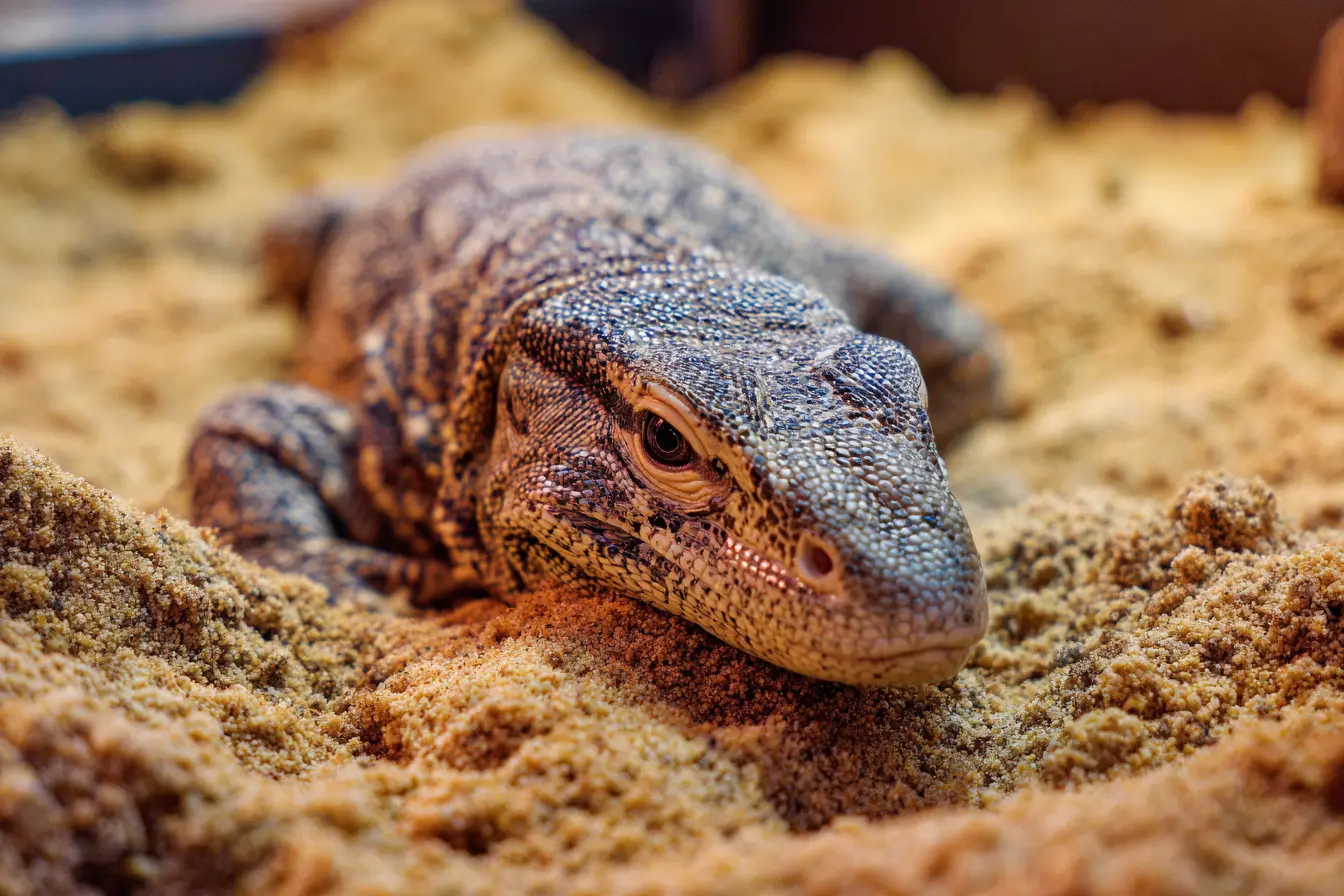
Argus Monitor: The Intelligent Guardian of the Outback
The Argus monitor (Varanus panoptes), also known as the yellow-spotted monitor, is one of Australia’s most impressive lizard species. Powerful, alert, and strikingly patterned, this large reptile embodies the intelligence and adaptability for which monitor lizards are renowned. Native to the open woodlands, savannahs, and floodplains of northern Australia and southern New Guinea, the Argus monitor is a hardy and active species that fascinates reptile keepers worldwide.
For experienced reptile enthusiasts with space, time, and dedication, the Argus monitor offers an engaging and rewarding keeping experience. This article explores their natural history, care requirements, and behaviour in detail.
Origins and Natural Habitat
Argus monitors inhabit tropical northern Australia, including Queensland, the Northern Territory, and Western Australia. They also occur across southern New Guinea. Their habitats are diverse, ranging from arid grasslands to riverbanks and wetlands, but they are most common in open areas where they can bask freely and hunt efficiently.
In the wild, these monitors spend much of their time foraging on the ground, though they can climb well and dig extensive burrows for shelter. During the hottest part of the day, they retreat underground or into shaded areas. Their adaptability allows them to thrive even in disturbed or semi-urban environments.
Appearance and Temperament
Physical Traits
- Size: Adults average 1.2–1.5 metres in length, though large females may exceed 1.7 metres
- Colouration: Brown to golden-tan base colour with yellow or cream spots arranged in rows along the body and tail
- Build: Muscular with strong limbs, a long neck, and a whip-like tail nearly as long as the body
- Eyes and Tongue: Keen eyesight and a long, forked tongue similar to a snake’s, used to detect chemical cues in the environment
Behaviour and Temperament
Argus monitors are intelligent, inquisitive, and extremely active. They are strong diggers, climbers, and swimmers, capable of covering large distances in search of food. In captivity, they display problem-solving behaviour and recognise feeding schedules and even individual keepers.
Although intelligent, they are not typically “tame” in the same way as smaller reptiles. Juveniles can be defensive, hissing or whipping their tails, but with regular, calm interaction, most adults become confident and tolerant of human presence. They are best suited to keepers who prefer observing and interacting with reptiles rather than frequent handling.
Housing Requirements
Housing an Argus monitor requires commitment and considerable space. These large, active lizards need room to roam, dig, and bask to stay healthy and mentally stimulated.
Enclosure Size
- Juveniles: 120 cm x 60 cm x 60 cm enclosure
- Adults: At least 240 cm x 120 cm x 120 cm, though larger enclosures (3–4 metres long) are strongly recommended
Custom-built wooden or PVC enclosures are ideal for maintaining heat and humidity. Argus monitors are powerful diggers and climbers, so enclosures must be secure and robust.
Heating and Temperature Gradient
- Basking area: 50–55°C
- Ambient temperature: 28–32°C
- Cool end: 25°C
- Night-time: Drop to around 22–24°C
A basking area can be created using ceramic heat emitters or halogen floodlights. The basking zone should be positioned above a solid perch or stone where the lizard can absorb heat effectively.
Always use a thermostat to regulate temperatures and prevent overheating. These monitors thrive in hot environments and require high surface heat to digest food and maintain activity levels.
Lighting and UVB
UVB lighting is essential for Argus monitors, even though they are carnivorous. A 10–12% UVB tube or equivalent full-spectrum lamp should cover at least half of the enclosure’s length.
Provide a natural 12-hour day/night light cycle. Proper UVB exposure promotes calcium metabolism, bone health, and overall vitality.
Humidity and Water
Maintain moderate humidity around 50–70%. Regular misting and a large water basin will help achieve this. The basin should be large enough for the lizard to soak and sturdy enough to prevent tipping.
Good ventilation is crucial. Too much humidity can lead to respiratory issues, while too little may cause shedding problems.
Substrate and Furnishings
- Substrate: Deep mix of topsoil, sand, and coconut fibre to allow burrowing (at least 30–45 cm depth)
- Hides: Provide multiple hiding spots, including logs, rocks, and caves
- Decor: Branches, rocks, and raised platforms for climbing and basking
Argus monitors are natural diggers and will excavate large burrows if given the chance. Deep substrate not only supports this behaviour but also helps maintain humidity balance.
Diet and Feeding
Argus monitors are carnivorous and have a fast metabolism compared to many large reptiles. In the wild, they consume insects, birds, small mammals, reptiles, eggs, and carrion.
Feeding Schedule
- Juveniles: Feed daily or every other day
- Adults: Feed 3–4 times per week
Food Items
- Insects: Crickets, locusts, roaches, and mealworms (excellent for young monitors)
- Meat: Lean poultry, fish, rodents, and eggs
- Occasional treats: Quail chicks or shell-on prawns for enrichment
All food should be dusted with calcium and vitamin supplements, especially for juveniles. Feeding variety is key to prevent nutritional imbalance.
Avoid overfeeding, as Argus monitors can quickly become overweight in captivity. They are opportunistic feeders and will eat whenever offered, even if not hungry.
Feeding Enrichment
To mimic natural hunting, scatter food around the enclosure or hide insects and prey items under substrate or rocks. This stimulates natural foraging and keeps the monitor physically and mentally active.
Handling and Behaviour
Argus monitors are powerful and intelligent animals that should be treated with respect. They are best approached calmly, without sudden movements.
- Avoid restraining them by the tail as this can cause injury or provoke defensive behaviour
- Use two hands to support the body and tail when lifting
- Limit handling sessions to short periods, especially for new or nervous individuals
Regular, gentle interaction can lead to a confident monitor that allows hand feeding and even light handling. However, these lizards are best appreciated as intelligent display animals rather than pets for cuddling or frequent handling.
Common Health Concerns
Obesity
Overfeeding is a common issue. Maintain a balanced feeding schedule and provide space for exercise.
Respiratory Infections
Caused by inadequate ventilation or cool, damp conditions. Ensure correct temperatures and airflow.
Shedding Problems
Low humidity can lead to retained shed, especially on the tail and toes. Provide rough surfaces for rubbing and occasional light misting.
Nutritional Deficiencies
Caused by a poor diet or lack of UVB exposure. Regular supplementation and a varied diet prevent metabolic bone disease and other issues.
Lifespan and Breeding
With proper care, Argus monitors can live 15–20 years in captivity.
Breeding is possible for experienced keepers with large enclosures. Females lay 6–12 eggs per clutch, often in deep substrate or nesting boxes. Incubation at 30°C lasts around 90–100 days, and hatchlings are fully independent, feeding readily on small insects.
Intelligence and Enrichment
Argus monitors are among the most intelligent reptiles, capable of recognising feeding cues, solving puzzles, and learning enclosure layouts. They require regular stimulation to prevent boredom and stress.
Offer enrichment such as:
- Rearranging decor periodically
- Providing digging areas and tunnels
- Offering hidden food items for scent-based foraging
Their alertness and curiosity make them one of the most engaging monitor species to keep and observe.
Conclusion
The Argus monitor is a magnificent and intelligent lizard that exemplifies the adaptability and complexity of monitor species. Its striking appearance, active nature, and problem-solving intelligence make it one of the most rewarding reptiles for experienced keepers.
However, this is not a beginner species. The Argus monitor demands space, heat, and attention to detail, but for those prepared to meet its needs, it offers a unique and highly interactive reptile experience.
From its vigilant watch over the savannah to its curious gaze in captivity, the Argus monitor lives up to its name: a true guardian of the outback, alert, powerful, and endlessly fascinating.
Related Vets
Vets near you
Speciality vets
- Aquatics vet specialists
- Birds vet specialists
- Camelids vet specialists
- Cats vet specialists
- Cattle vet specialists
- Deer vet specialists
- Dogs vet specialists
- Equines vet specialists
- Exotic vet specialists
- Goats vet specialists
- Pigs vet specialists
- Poultry vet specialists
- Sheep vet specialists
- Small Mammals vet specialists
- Wild vet specialists
